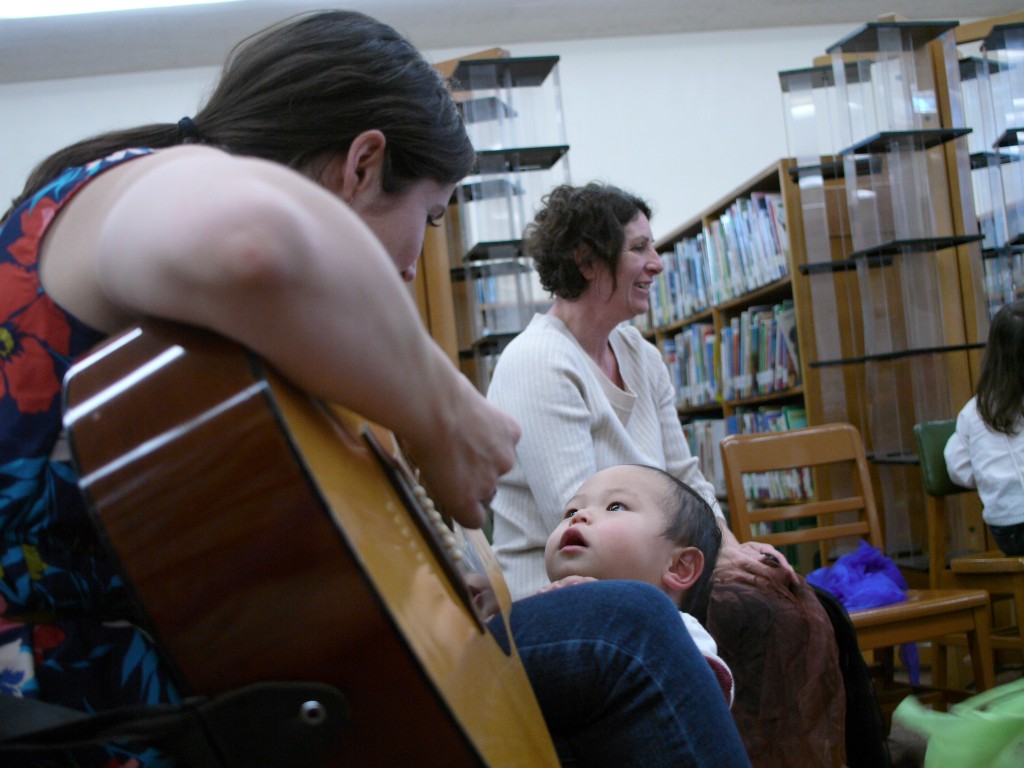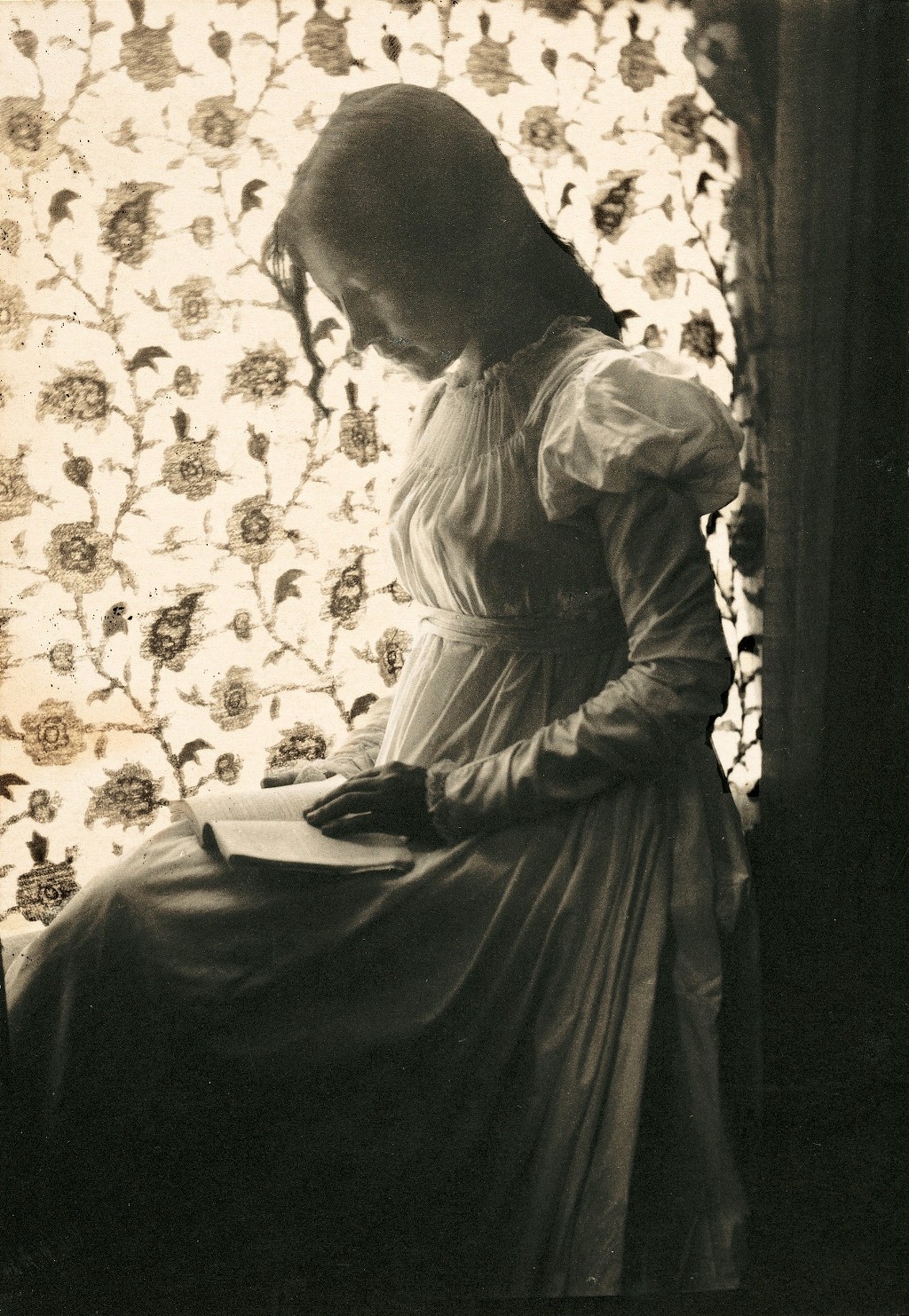Parenting by the Books: ‘The School Days of an Indian Girl’
Zitkala-Sa and cultural fantasies about childhood

A few years ago I was at a dinner party in Brooklyn attended mostly by artists and academics. I was visibly pregnant, and had another child back at home. The topic of children came up. The couple closest to me was animatedly talking about how in general, they disliked children, but were coming around after having recently spent some time with a toddler niece. “I love the anarchic energy children have. So feral and such wildly open imaginations!” I nodded and smiled while thinking of my very serious twenty-month old back at home. He wasn’t shy, exactly, nor was he boisterous. He was cautious, watchful, not to be rushed or jostled. One thing he really was not was anarchic. He wanted snack and lunch at the same time every day, a bedtime routine featuring the same songs every night. He understood and wallowed in order and predictability. This little dude wasn’t an anarchist, he was a structuralist.
But I get where my companions were coming from (I too mostly dislike children who are not my own.) Like them, I often see in children what I want to see, or what I fantasize is true, or what I wish were true, about myself or about the world. The way we talk about, and interact with, children is so often less description and more wish fulfillment.
We recently enrolled our three-year-old in a few days of music programming to cover our childcare needs after his summer camp ended. He loves music! And he was fine; he was happy to go every day and talked about it positively when he came home. But I kept getting these video updates during the day — grainy YouTube footage of what looked like a literal hell on earth: twenty small bodies crammed into the size of a New York kitchen, shimmying and shouting while an indie-ish band played live music two feet from their faces. And there, in the back, was my child, backed up against the wall looking unsure what to do with all this chaos. It looked like a little person trying to navigate his way around a host of try-hard fantasies that adults have about what being a child is like.

The difference between what individual children are like, and what adults want children to be like can seem particularly stark today, as kids are more and more seen as artisanal, bespoke, competitive projects meant to reflect something about their parents. We know all the stories: Nirvana tees for newborns, viral social media content, baby DJ classes, the sort of world-view so aptly captured in the “My Imaginary Well-Dressed Toddler” project.

But this isn’t an entirely new phenomenon (even if it takes ever new consumerist forms). Rather, it’s a version of white, sentimental culture that writers of color have been picking apart for over a century. The contemporary fantasy of the bespoke child isn’t just an aspiration or a joke (depending on your social position): it’s part of a much longer history. Turn-of-the-century Sioux writer Zitkala-Sa’s collection American Indian Stories (1921) is a fascinating part of this history, providing important insight into how cultures of childhood intersect with race, class, and national identity.
The collection includes a three-part autobiographical cycle first published in the Atlantic Monthly in 1900, “Impressions of an Indian Childhood,” “The School Days of an Indian Girl,” and “An Indian Teacher Among Indians” that tracks Zitkala-Sa’s progress from young childhood on a reservation, to schooling at White’s Manual Labor Institute — part of a network of boarding schools whose aim was to “civilize” and “Christianize” Native American children. The schools were abusive towards the children; Zitkala-Sa’s text evokes the youthful longing that propelled her away from her mother and community, offers a critique of the cruelty inherent in the concept of “assimilation,” and tracks the irreverent ways that she and her classmates resisted that cruelty (there’s an amazing anecdote about smashing a glass jar of turnips).
One of the scenes I think about frequently is her depiction of the train ride east to Indiana, after being separated from her mother in North Dakota. Her use of perspective throughout the collection is masterful. She understands that her Atlantic Monthly readers were white, and works to draw them into her own perspective which asserts the value of her childhood on the reservation. For example, she tells a story of trying to play host to an elder and making really terrible coffee for him. He and her mother drink the coffee though: “They treated my best judgment, poor as it was, with the utmost respect. It was not till long years afterward that I learned how ridiculous a thing I had done.”
When Zitkala-Sa then shifts that perspective onto the white families who crowd the train to Indiana, with their “glassy blue eyes” and “bold white faces,” the picture is not pretty. She methodically dismantles white women’s supposed benevolence toward children by highlighting how rudely they stare at her: “On the train, fair women, with tottering babies on each arm, stopped their haste and scrutinized [us].”
But the refrain I hear in my mind often is Zitkala-Sa’s devastating description of being caught up, literally, in the arms of someone else’s fantasy about what Children are like:
As I was wondering in which direction to escape from all this confusion, two warm hands grasped me firmly, and in the same moment I was tossed high in midair. A rosy-cheeked paleface woman caught me in her arms. I was both frightened and insulted by such trifling. I stared into her eyes, wishing her to let me stand on my own feet, but she jumped me up and down with increasing enthusiasm. My mother had never made a plaything of her wee daughter. Remembering this I began to cry aloud.
My mother had never made a plaything of her wee daughter. Oof. And it’s true; by this time in the narrative, we’ve read multiple descriptions of her mother’s love and pedagogy: teaching her beadwork through trial and (a lot of) error, offering her respect, allowing for disagreement, treating her small child seriously as another person with her own autonomy. Letting her stand on her own feet.

I don’t know if it’s exactly that contemporary U.S. child cultures make playthings of our children — but it at least feels close; a discerning and sharp remark that we can still learn from. As our culture continues to develop more and more ways for adults to think of children as projects, or as representative of something about their own inner life and/or social status, as, basically, bespoke or artisanal products, it’s useful to recall Zitkala-Sa’s incisive critique of these approaches as raced and imperialist techniques. She identifies how things that look like benevolence or kindness are often a sort of violence: whether its a kind of sentimentalized bouncing, a wardrobe meant to make a baby “say” something, or the embrace of various ideologies regarding childhood that align with our own overdetermined ideas about the world (“attachment” “free range” etc., etc.) When these fantasies of childhood come to stand in for the individual child: this is when we adults are trifling.
Every culture has its own ways of interpreting and treating children, and there’s no outside to culture; none of this is about figuring out a universal grammar that will finally make sense of “Children” or express the best version of childrearing practices. Children are always individuals — your anarchic toddler is my Levi-Straussian — while cultural fantasies about childhood can be strangely consistent — the twenty-first century’s bespoke child is a new iteration of the nineteenth-century’s white sentimentalized cherub. We can’t ignore either the idiosyncrasies of individual children or the extent to which race and social location shape our understanding and perception of what children even are.
As my three-year-old gets older, he’ll be able to tell me if he’s actually having fun during the loud, writhing, Lake of Fire music camp. This one isn’t quite as serious as his older brother; maybe he’ll be the riotous/bohemian type of child I keep hearing about. All I can do is hope that I’ll be able to listen to what he says rather than filtering it through my own (and my culture’s) fantasies about what I think he is or want him to be.
“Parenting by the Books” is a series about parenting and classic literary texts.
Sarah Blackwood is editor and co-founder of Avidly and associate professor of English at Pace University.